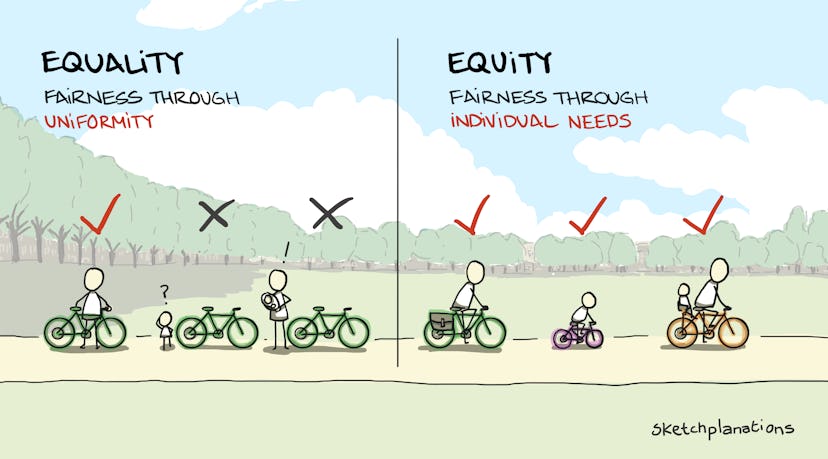In his blog Applied Wisdom for the Nonprofit Sector, Jim Morgan emphasizes the importance of complementary strengths when you are looking for a collaborative partner organization. As general examples, he cites implementation skills, innovative program design, connections to diverse communities, or strong donor relationships.
That makes sense to me, but I wanted some examples. I’ve been using chatGPT quite a bit lately, but today I decided to try out Microsoft’s Copilot. When I asked for examples, it actually started by elaborating on Morgan’s blog post! I followed up by asking it to provide a couple specific examples of actual nonprofit collaborations. It did a great job!
Feeding America and Boys & Girls Clubs of America:
Feeding America is a nationwide network of food banks that provides food to millions of people. Boys & Girls Clubs of America (BGCA) offers after-school programs for young people. By collaborating, Feeding America supplies nutritious meals and snacks to children attending BGCA programs. This partnership ensures that children not only receive educational and recreational support but also have access to healthy food, addressing both educational and nutritional needs.
Habitat for Humanity and Thrivent Financial:
Habitat for Humanity is known for building affordable housing for families in need. Thrivent Financial is a financial services organization with a strong volunteer base and financial resources. Through their collaboration, Thrivent provides funding and volunteers to support Habitat for Humanity’s home-building projects. This partnership combines Habitat’s expertise in construction and community development with Thrivent’s financial support and volunteer mobilization, resulting in more homes being built for those in need.

Find Us On Social Media: